
AirSkill for drone Academies
Drone pilot academies play a critical role in preparing the next generation of drone operators for diverse fields, including aerial photography, agriculture, surveillance, and emergency response.
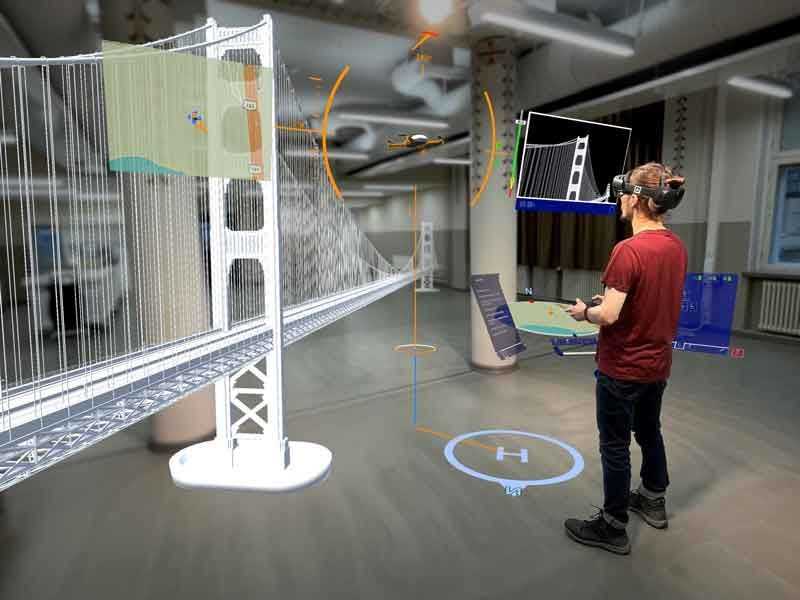
Airskill is a trailblazing VR/AR software company dedicated to transforming the way drone pilots are trained, with a specific focus on supporting drone pilot academies. Over the past five years, Airskill has been providing state-of-the-art training solutions that equip aspiring drone operators with the skills and confidence they need to excel in their careers. By harnessing the power of virtual and augmented reality, Airskill offers drone pilot academies cutting-edge tools to simulate real-world conditions in a safe, controlled, and cost-effective manner.
The training provided by these academies is crucial, but traditional methods can be expensive and logistically challenging. Airskill’s VR/AR solutions overcome these obstacles by offering immersive, realistic simulations that allow students to practice operating drones in a variety of environments and situations—from routine flights to complex missions—without the need for physical equipment or field time.
By partnering with drone pilot academies, Airskill enhances the overall quality of drone pilot education, providing students with a competitive edge in the job market. Airskill’s innovative approach to training helps ensure that drone operators are not only competent but also confident and capable of navigating the complexities of modern drone operations.
Scenarios we can manage for Drone Pilot Academies out of the box
And we can always create custom scenarios. Just ask us below.
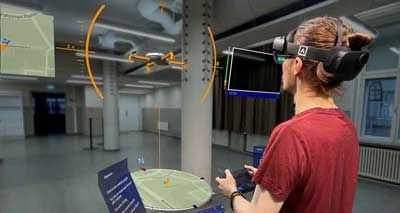
Basic flight manoeuvres for beginners
Simple simulation that allow you to learn the basics of flying a drone (panning right and left, climbing, landing, avoiding obstacles etc).
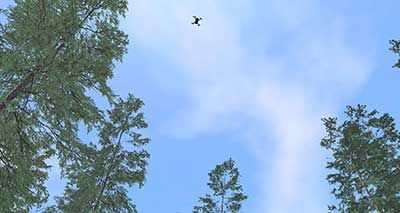
Emergency Procedures
In this scenario, law enforcement drone pilots will learn how to use drones in emergency situations. Practice deploying the drone to locate missing persons, assess hazardous areas, and monitor traffic incidents. Learn to navigate using the heads-up display to provide real-time situational awareness in crisis situations like search and rescue or crowd control.

Barricaded Suspect in a House
In this scenario, law enforcement drone pilots will learn to assist in managing situations involving a barricaded suspect. Learn to use the drone to provide real-time aerial surveillance, monitor entry points, and assess the surroundings without risking officer safety. Practice using the heads-up display to gather intelligence and support tactical decision-making during a high-risk standoff.

Clearing a house
This scenario trains law enforcement drone pilots to assist in clearing a house during a tactical operation. Learn to use the drone to provide live interior and exterior surveillance, check for hidden threats, and monitor multiple entry points. Practice coordinating with ground teams by relaying crucial visual information to enhance safety and support effective room-by-room clearing.

Dangerous Goods Traffic Accidents
This scenario trains law enforcement drone pilots to respond to traffic accidents involving hazardous materials. Use the drone to assess the scene from a safe distance, identify chemical spills or dangerous cargo, and monitor traffic flow. Practice coordinating with emergency teams by providing aerial views to guide containment efforts and ensure public safety in high-risk areas.
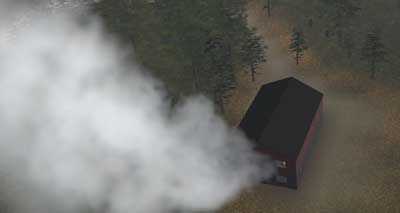
House Fire
This scenario trains firefighter drone pilots to assist in house fire emergencies. Use the drone to assess the scene, identify trapped individuals, and monitor fire spread from a safe distance. Practice guiding first responders by providing real-time aerial views, helping improve rescue coordination and safety.
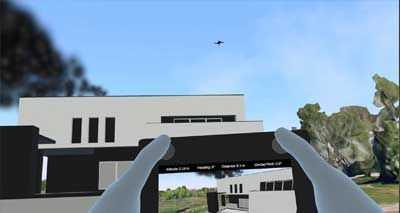
Industrial Building Fire
In this scenario, firefighter drone pilots will learn to deploy drones during an industrial building fire. Use the drone to assess fire intensity, locate hotspots, and identify structural risks. Practice using the heads-up display to guide firefighting efforts, monitor hazardous areas, and simulate ensuring the safety of on-ground personnel.

Oil Spill Fire Response
In this scenario, drone pilots will learn to assist in responding to an oil spill on water. Use the drone to assess the extent of the spill, track its movement, and monitor environmental impact. Practice using the heads-up display to guide cleanup crews, identify containment priorities, and ensure safe operations in affected areas.

Search and rescue of a person in a forest
This scenario trains law enforcement drone pilots to assist in search and rescue operations for a missing person in a forest. Learn to use the drone to scan dense areas, identify movement, and provide real-time aerial coverage. Practice navigating challenging terrain and using the heads-up display to guide ground teams towards the person in need of rescue.

Search And Rescue of a person in water
In this scenario, law enforcement drone pilots will learn to assist in search and rescue operations for a person in the water. Learn to use the drone to locate the individual, assess water conditions, and provide real-time aerial views to guide rescue teams. Practice maintaining visual contact and relaying critical information to ensure a timely and safe rescue.
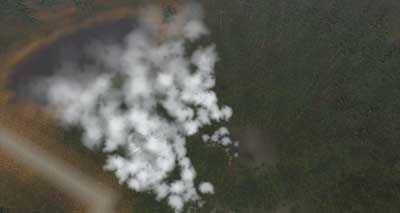
Wildfire response
This scenario trains firefighter drone pilots to respond to wildfire emergencies. Learn to use the drone to monitor fire spread, identify escape routes, and locate trapped individuals. Practice guiding firefighting teams by providing aerial views of the fire’s path, spotting dangerous hotspots, and assessing environmental conditions to improve response strategy and safety.